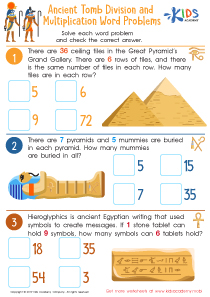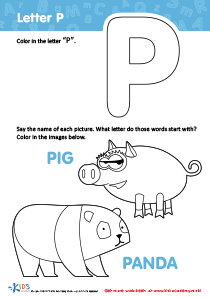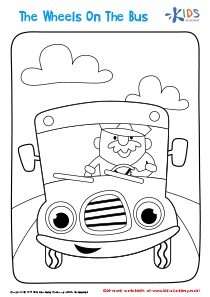Foundational Reading Lessons | Digraphs, Preschool
0 results
Our preschool Digraphs Lessons are the perfect way to introduce young learners to the world of language skills! These interactive lessons are designed to help children recognize and differentiate between common digraphs like ch, th, sh, and wh. Through fun and engaging educational videos, interactive worksheets, and assessment quizzes, children will develop their phonics skills and gain confidence in their reading and writing abilities. Our curriculum is carefully crafted to help students learn at their own pace while fostering a love of learning. Get started today and give your child the tools they need to excel in language development!
Digraphs Lessons for Children in Preschool
Digraphs are an essential part of learning to read in the English language. At a very basic level, digraphs are two letters used to create one sound. Children learning these in preschool or early childhood education are laying down crucial building blocks for their literacy development.
Digraphs lessons for children in preschool can be incredibly helpful and support them in various ways as they grow and develop.
The Digraphs Lessons
Digraphs lessons are designed to teach children to recognize and differentiate the sound(s) which typically represent different letters when they are combined. For example, the letters 'sh' combine sounds to form a new consonant sound that is not represented by the individual letters on their own.
The lessons have interactive worksheets, educational videos, and assessment quizzes. They help children learn the sounds of consonant blends and how to use them to read words. Children get to practice by identifying words that contain specific digraphs. This helps to reinforce the sounds as well as familiarize children with words that they can read independently or with some guidance from an adult.
Components of a Digraphs Lesson
The following are components of a digraphs lesson:
1. Interactive Worksheets
Interactive worksheets are a vital aid in helping children learn the different sounds that digraphs make. They provide an opportunity for learners to practice the sounds of digraphs with fun and creative activities, such as drawing, matching, and completing words. These activities are focused on keeping children engaged and interested.
2. Educational Videos
Educational videos are another helpful tool in digraph lessons. These videos take children on fun and exciting adventures that help to instill the concept of digraphs in their memory. The visual aspect of these videos makes it easier for children to understand and retain what they are learning.
3. Assessment Quizzes
With assessment quizzes, children are tested on what they have learned, and this helps educators to evaluate their understanding before moving on to more complex concepts.
Benefits of Digraphs Lessons for Children in Preschool
There are numerous benefits to including digraph lessons as part of the preschool curriculum. Below, we discuss some of the most important ones:
1. Enhanced Reading Skills
One of the most significant benefits of digraph lessons for children in preschool is that it improves their reading skills. Digraphs are an essential part of reading, and children who are familiar with them are better able to make sense of the words they see.














